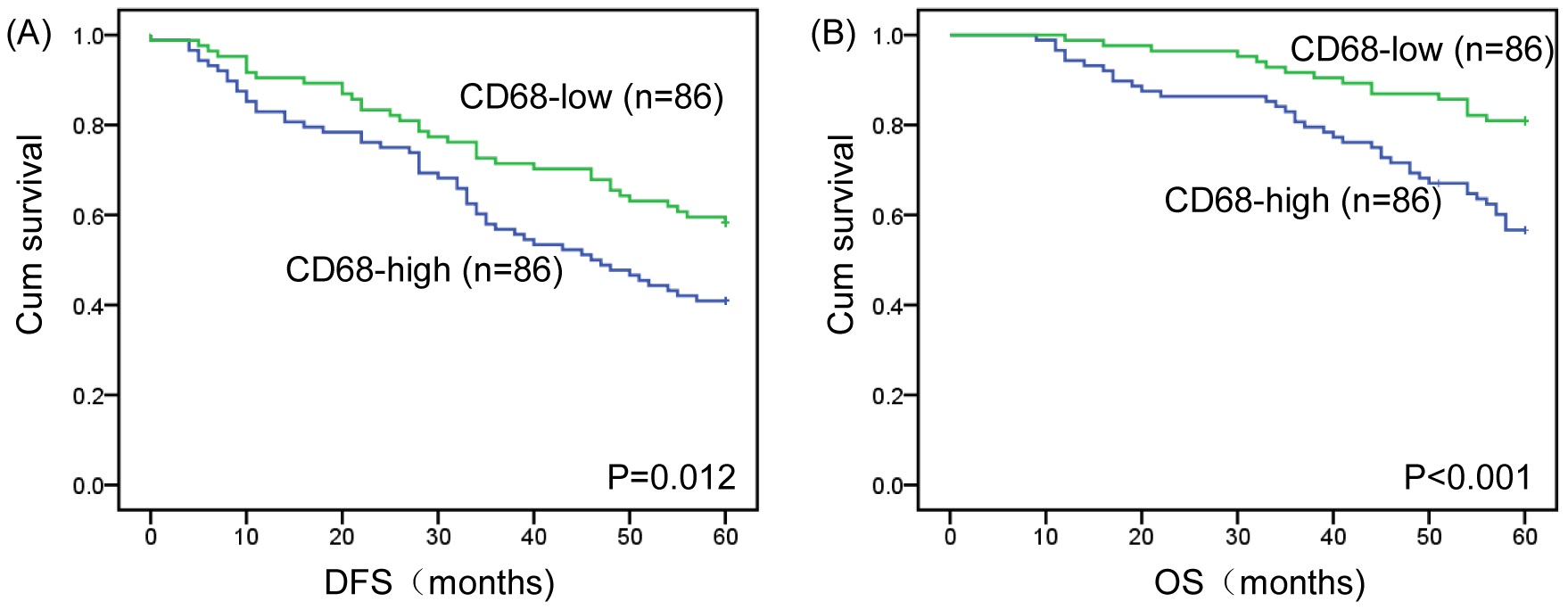CARMA Therapeutics, a company that develops chimeric antigen receptor technology, not for T-cells (CAR-T cells), rather, for macrophages, hence the name “CARMA,” closed on an initial round of funding to advance its technologies.
The goal of the scientific team was to improve on the ability of CAR T-cells to attack solid tumors. Rather than trying to optimize CAR-T cell approaches, they have decided to use a different cell – macrophages. The hypothesis is that since macrophages engulf the cells that they attack and then present to the immune cells the antigens from the cells that they destroy, CARMA cells may provide direct cell killing and prime a T-cell response against novel antigens expressed by the cancer cells. In addition, macrophages are routinely found in the tumor microenvironment, therefore, penetrating tumor nodules, which has been challenging for adoptive T-cell techniques, may be greatly facilitated. In fact, tumor-derived chemokines actually attract macrophages to the tumor microenvironment.

Figure 1. Kaplan–Meier analysis for DFS (disease-free survival) and OS (overall survival) based on CD68 expression in breast cancer patients. (A) Kaplan–Meier analysis for DFS based on CD68 expression in patients with breast cancer (log-rank test, P = 0.012) (B) Kaplan–Meier analysis for OS based on CD68 expression in patients with breast cancer (log-rank test, P<0.001). Green: TAM-low group; Blue: TAM-high group. http://journals.plos.org/plosone/article?id=10.1371/journal.pone.0076147
TAMs (tumor-associated macrophages) cooperate with other cells in the micro-environment to drive tumorigenesis and invasion. In fact, the more TAMs (CD68+ cells), the worse prognosis (see Figure 1). So, aggressive cancers do an excellent job of attracting macrophages to the tumor microenvironment. CARMA cells are thought to act as a “Trojan Horse,” so to speak – they are programmed to attack cancer antigens, yet “invited in” by chemokines.
CAR-T cells versus CARMA cells – precipitating a secondary immune response
CAR T-cell are generated against a specific target – when they cause the lysis of target cells via injection of perforin, it is hoped that macrophages and other antigen presenting cells present the antigens of the dying cells to the immune system to generate a second wave or response. CARMA cells are also directed to a single antigen target, but, they may be able to enhance the immune response more directly since macrophages, themselves, present antigens. Perhaps, by removing a step in the process, a more robust immune response may be generated on top of the direct cytotoxicity of the CARMA cells.

Figure 2. Cytotoxic T-cell cytotoxicity. http://www.austincc.edu/rfofi/NursingRvw/EmphasisItems/Inflammatoryresponse.html

Figure 3. Macrophage cytotoxicity. Microbe in the drawing also represents cancer cells. http://www.austincc.edu/rfofi/NursingRvw/EmphasisItems/Inflammatoryresponse.html

game change technology and instrument platform for validate CAR-T and any other effector in cancer hypnotherapy fields is in its prime time and ready to demo on the targets cells of your interests